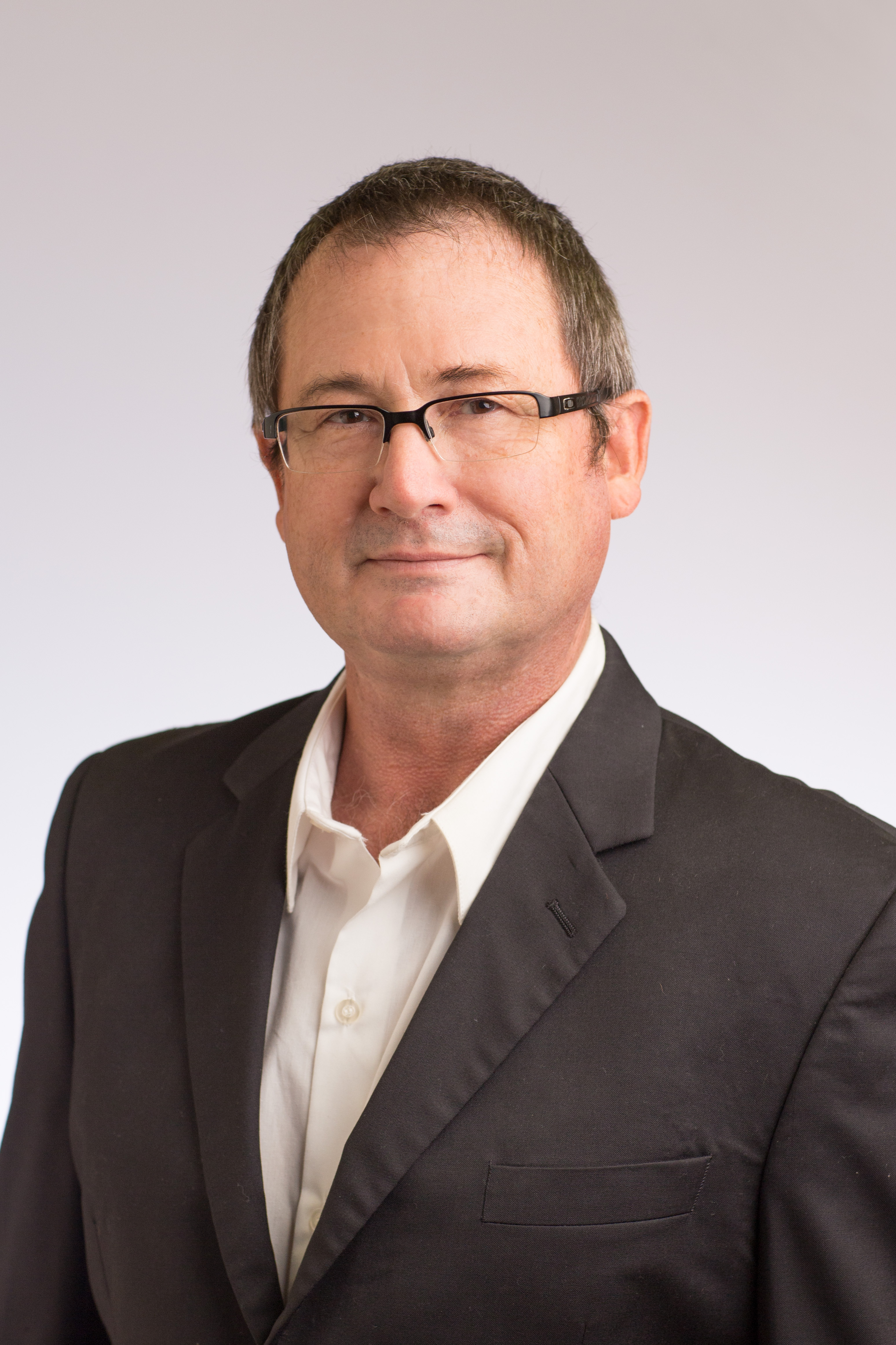
The Additive Manufacturing Users Group (AMUG) has announced that Carl Deckard, inventor of selective laser sintering (SLS), will receive its Innovators Award.
The Innovators Award is given to individuals whose ideas have advanced the additive manufacturing industry. Previous recipients include technology creators Chuck Hull and Scott Crump, founders of 3D Systems Corporation and Stratasys Ltd, respectively.
Deckard, who is Structured Polymers’ co-founder and chief technology officer, conceived and developed SLS technology while at the University of Texas at Austin. The concept of SLS took shape when he was an undergrauate. Deckard then pursued it for his master’s degree and PhD work. He then co-founded Nova Automation, which was later renamed DTM Corp and ultimately acquired by 3D Systems Corp.
With the launch of the Sinterstation 2000 in 1993, SLS moved from the research labs into industry. In 2012, Deckard teamed with Jim Mikulak and Vikram Devarajan to found Structured Polymers, a material company focused on improved materials for Selective Laser Sintering and other powder bed fusion additive manufacturing processes.
Innovative mind
‘With over 30 years of technology innovation in the additive manufacturing industry, the candidate pool for the Innovators Award is quite deep,’ said Steve Deak, AMUG president. ‘This made the selection process very difficult. But in the end, we made the best choice, the right choice, when we named Carl Deckard as the recipient.
‘In the early days, the three core technologies were Selective Laser Sintering, Stereolithography and Fused Deposition Modeling,’ he added. ‘The inventors of the latter two have already received the award. It was time to recognize the innovative mind behind SLS.’
This story is reprinted from material from the AMUG, with editorial changes made by Materials Today. The views expressed in this article do not necessarily represent those of Elsevier.



